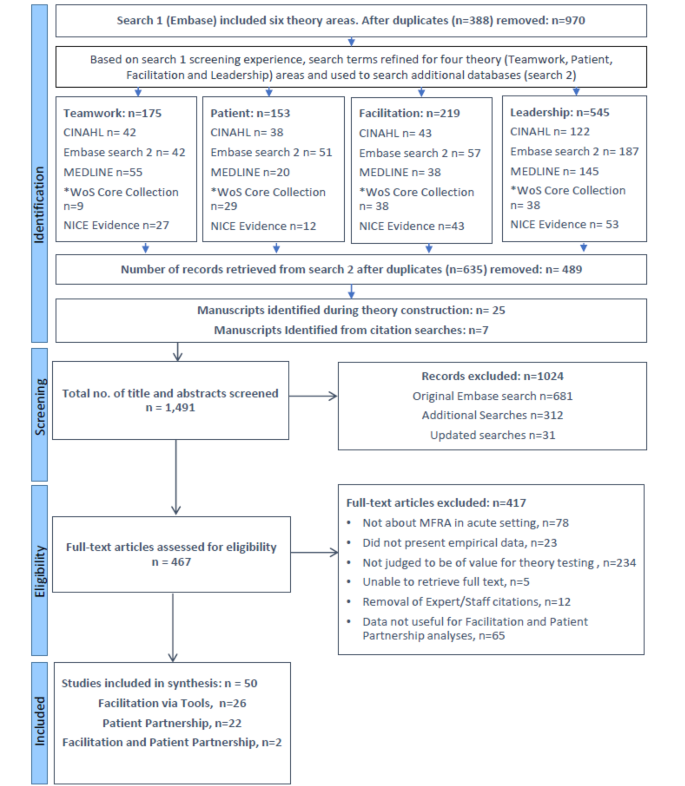The smart Trick of Dementia Fall Risk That Nobody is Discussing
The smart Trick of Dementia Fall Risk That Nobody is Discussing
Blog Article
Unknown Facts About Dementia Fall Risk
Table of ContentsThe Ultimate Guide To Dementia Fall RiskNot known Incorrect Statements About Dementia Fall Risk The Dementia Fall Risk PDFsDementia Fall Risk - The Facts
A loss risk analysis checks to see exactly how likely it is that you will certainly fall. The evaluation normally includes: This includes a collection of inquiries concerning your total wellness and if you have actually had previous falls or problems with balance, standing, and/or walking.Interventions are recommendations that might decrease your threat of dropping. STEADI includes three steps: you for your risk of dropping for your threat aspects that can be improved to try to avoid drops (for example, balance problems, impaired vision) to decrease your risk of dropping by utilizing reliable techniques (for example, offering education and learning and resources), you may be asked several questions including: Have you fallen in the previous year? Are you fretted concerning dropping?
You'll rest down again. Your supplier will certainly check for how long it takes you to do this. If it takes you 12 seconds or more, it may suggest you are at greater danger for a loss. This examination checks strength and equilibrium. You'll being in a chair with your arms crossed over your chest.
The placements will certainly obtain harder as you go. Stand with your feet side-by-side. Move one foot midway onward, so the instep is touching the huge toe of your other foot. Relocate one foot completely before the other, so the toes are touching the heel of your various other foot.
The Facts About Dementia Fall Risk Revealed
A lot of falls occur as an outcome of multiple adding factors; consequently, handling the threat of dropping starts with identifying the factors that add to drop danger - Dementia Fall Risk. A few of one of the most relevant danger variables consist of: History of previous fallsChronic medical conditionsAcute illnessImpaired stride and equilibrium, lower extremity weaknessCognitive impairmentChanges in visionCertain high-risk medicines and polypharmacyEnvironmental aspects can also increase the risk for drops, including: Poor lightingUneven or harmed flooringWet or slippery floorsMissing or damaged hand rails and get hold of barsDamaged or incorrectly fitted tools, such as beds, mobility devices, or walkersImproper use of assistive devicesInadequate guidance of individuals residing in the NF, consisting of those who exhibit aggressive behaviorsA effective autumn threat administration program calls for a detailed scientific analysis, with input from all members of the interdisciplinary group

The care strategy ought to additionally include treatments that are system-based, such as those that promote a risk-free setting (proper lights, handrails, grab bars, etc). The performance of the interventions need to be reviewed occasionally, and the care strategy revised as required to reflect modifications in the autumn danger analysis. Implementing a fall threat management system using evidence-based best practice can minimize the prevalence of drops in the NF, while limiting the possibility for fall-related injuries.
Dementia Fall Risk - The Facts
The AGS/BGS standard suggests evaluating all grownups aged 65 years and older for fall risk annually. This testing includes asking patients whether they have dropped 2 or more times in the previous year or sought clinical focus for an autumn, or, if they have actually not dropped, whether they feel unstable when walking.
Individuals that have fallen when without injury must have their balance and gait assessed; those with gait or balance abnormalities should obtain additional assessment. A history of 1 loss without injury and without stride or equilibrium problems does not warrant additional evaluation past continued annual loss threat testing. Dementia Fall Risk. A loss risk analysis is needed as component of the Welcome look at this site to Medicare assessment

The Main Principles Of Dementia Fall Risk
Recording a drops history is one of the high quality signs for autumn avoidance and administration. Psychoactive medications in certain are independent forecasters of drops.
Postural hypotension can often be eased by reducing the dose of blood continue reading this pressurelowering drugs and/or quiting drugs that have orthostatic hypotension as an adverse effects. Use of above-the-knee assistance tube and copulating the head of the bed elevated might likewise decrease postural reductions in blood stress. The recommended elements of a fall-focused physical exam are revealed in Box 1.

A TUG time greater than or equal to 12 seconds recommends high loss danger. Being not able to stand up from a chair of knee elevation without making use of one's arms shows increased loss risk.
Report this page